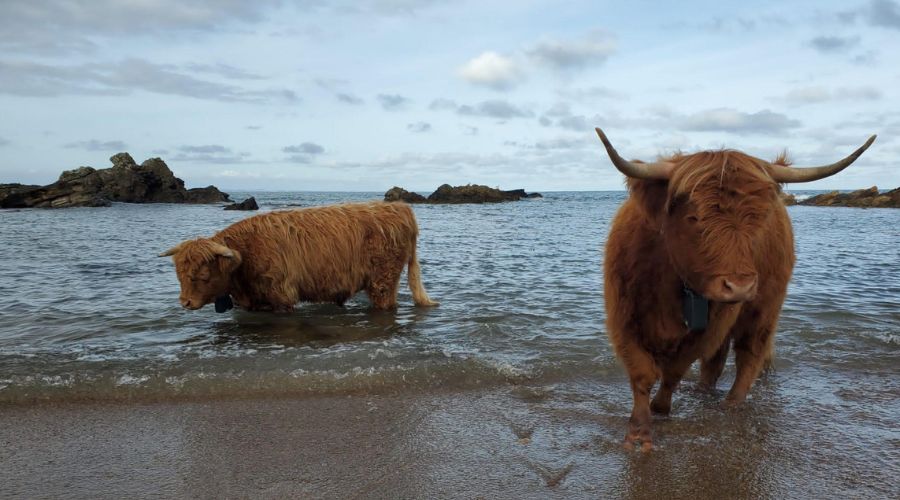Scotland backs virtual fencing in new grant scheme
15th July 2025
Nofence has welcomed the Scottish Government’s launch of the Future Farming Infrastructure Scheme (FFIS), which recognises virtual fencing as an eligible capital item.

The FFIS arrives at a pivotal moment for the agricultural sector as it transitions towards more sustainable and efficient practices.
The scheme offers farmers and crofters up to 100% funding for capital investments to support environmental efficiency and climate-related outcomes.
Nofence is particularly pleased to see virtual fencing recognised as an eligible capital item, broadening access to a technology that is already transforming how livestock are managed across the UK.
This marks another positive step by the Scottish Government in creating opportunities for virtual fencing adoption, following its earlier inclusion in the Crofting Agricultural Grants Scheme (CAGS).
Efficient livestock management
Nofence virtual fencing offers an innovative solution that works through a GPS-enabled collar that is connected to an easy-to-use mobile app via cellular network, allowing farmers to set and adjust virtual boundaries, the company explains.
This system enables farmers to precisely control grazing practices without the challenge of physical barriers – a scalable and adaptable system effective for both farmers and crofters.
By removing labour-intensive tasks, virtual fencing provides greater flexibility and oversight, freeing up valuable time to focus on other farm activities as well as supporting a more balanced and sustainable work-life routine.
For Rory Fyfe, who leads the Rewilding Kinkell Project and manages Kinkell Byre, an integrated farm wedding venue near St Andrews, Nofence virtual fencing technology has opened up new possibilities – not just for farming, but for community, ecology, and education.
He says: “The collars have worked very well for us. They make it easy to manage the cows and move them around, which is crucial in such a complex landscape with cliffs, paths, and public access. And the public can now see where the cows are through an online access tool, which has been great for local walkers and visitors.”

A more inclusive path to farming
Virtual fencing is not only changing how livestock are managed but also opens access to ecologically valuable landscapes that would ordinarily be impossible to fence.
Areas like steep slopes, coastal paths, woodlands, and conservation sites hold huge potential for biodiversity gain when managed through virtual fencing.
Often, livestock grazing is labour-intensive and time-consuming, but these tasks are now simplified by virtual fencing, enabling farmers to graze more land efficiently.
The Rewilding Kinkell Project is a prime example of this in action. By integrating conservation grazing with a wedding venue, the project not only operates productively but also delivers significant environmental benefits.
Mr Fyfe explains: “It’s a big collaboration to graze this area for the benefit of biodiversity, and we’ve been using Nofence collars with great success.”
Nofence has long believed that technology that benefits nature is pivotal to the future of farming, and virtual fencing is playing a key role in shaping this future – one that delivers for farm businesses, improves environmental outcomes, and enhances the well-being of farmers themselves and the animals they care for.
The FFIS represents a major step by the Scottish Government to support farmers in making confident, forward-looking investments in farming.
The application window for the scheme will open on 14th July 2025 and close on 22nd August 2025, with full guidance and application details available on the Scottish Government’s Rural Payments and Services website.
Read more business news.
